| 開課班級Class: | 授課教師Teacher: | 學分數Credits: |
| 碩食安所二A | 羅之綱 | 2 |
| 課程大綱Course Description: |
| 食品生產的品質問題是管理問題,又是經濟問題,品質經濟分析和管理是一個企業品質經營追求成功的重要因素。有效實施品質成本和食安成本管理,將推進企業提高品質和管理效能, 降低潛在的食安風險。在當前市場競爭異常激烈的今天,對企業减少浪費,降低成本,增加食安保障, 提升企業的競爭力,贏得企業和顧客共同利益都具有重要意義。 品質成本是指取得和保證滿意的品質所需的費用,也關聯到是否能夠確保可容忍的食安風險。在目前大部分的企業中占到總成本的20-30%。這對企業效益和社會效益的增長造成嚴重的威脅,也是當前企業品質管理中的關鍵。 本課程著重于建立食品生産、服務和管理流程,構建食安成本的框架等內容、收集數據、核算品質成本、形成品質成本測量分析報告等環節的案例分析,將使學生對品質經濟性管理和食安成本的基本概念中, 有關品質成本的分類、模型、分析指標以及構成要素有全面的理解。通過實施食安與品質成本體系,在品質改進規劃中應用和减少品質成本,幷發揮品質成本的作用。同時,可將其作爲品質改善的切入點,組建團隊、確立項目、組織實施、取得績效,創造顧客和企業的共同價值。 |
| English Outline: |
| Quality issues in food production are not only management problems but also economic ones. Quality economic analysis and management are crucial factors for successful quality operation in a business. Effectively implementing quality cost and food safety cost management will drive businesses to enhance quality and management efficiency while reducing potential food safety risks. In today's highly competitive market, reducing waste, lowering costs, enhancing food safety assurance, and increasing business competitiveness hold significant importance for both the company and its customers. Quality cost refers to the expenses required to achieve and ensure satisfactory quality, and it's also related to the ability to ensure acceptable food safety risks. In most businesses, it accounts for 20-30% of total costs, posing a serious threat to both business and societal benefits, and it's a key aspect of current quality management in enterprises. This course focuses on establishing food production, service, and management processes, constructing the framework for food safety costs, collecting data, calculating quality costs, and forming analysis reports. Through case studies, students will gain a comprehensive understanding of fundamental concepts in quality economics management and food safety costs. This includes the classification, models, analysis indicators, and components of quality costs. By implementing a food safety and quality cost system, this course applies and reduces quality costs in quality improvement planning, leveraging the role of quality costs. Simultaneously, it serves as a point of entry for quality improvement, assembling teams, defining projects, organizing implementation, achieving results, and creating shared value for both customers and businesses. |
| 本科目教學目標Course Objectives: |
| 本課程著重于建立食品生産、服務和管理流程,構建食安成本的框架等內容、收集數據、核算品質成本、形成品質成本測量分析報告等環節的案例分析,將使學生對品質經濟性管理和食安成本的基本概念中, 有關品質成本的分類、模型、分析指標以及構成要素有全面的理解。通過實施食安與品質成本體系,在品質改進規劃中應用和减少品質成本,幷發揮品質成本的作用。同時,可將其作爲品質改善的切入點,組建團隊、確立項目、組織實施、取得績效,創造顧客和企業的共同價值 |
| 教學型態Teaching Models: | 成績考核方式Grading: |
| 課堂教學+小組討論 | 平時成績General Performance:30% 期中考Midterm Exam:30% 期末考Final exam:40% 其它 Other: |
| 參考書目Textbooks/References: |
| SDGs指標: |
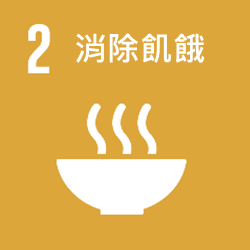 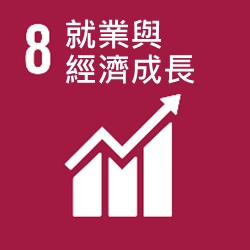 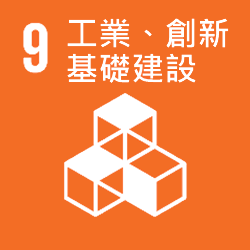 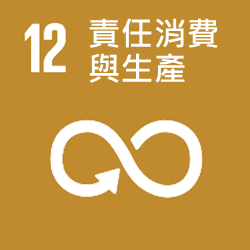 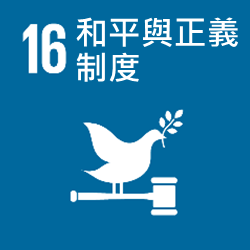 |
| UCAN職業項目: |
| 課程更新狀態: | 課程匯入時間Import Time:2023-07-04 11:00:26 |
| 最後更新時間Last Modified:2023-08-23 16:34:38,更新人modified by:羅之綱 |